Certification (in its broad meaning also known as conformity assessment) is a procedure through which written or equivalent assurance states that a product conforms to specified requirements. Certification eliminates skepticism and assures customers that the product performs well and is reliable.
What is CE marking?
The European CE (Conformité Européenne) mark is an indicator of product’s compliance with the EU legislation. Products which are considered to have a greater risk are independently certified by a nominated member of government that has been notified by the European Commission.
In case if the certification succeeds, the CE marking is considered as a quality mark. Manufacturers of a product may affix the CE marking onto their product by taking certain steps outlined by their requirements. Documents are made available to authorities upon request.
Registration of CE marking
The requirements for CE marking are set out in Directives and Regulations. The Member States have committed themselves to incorporating the requirements of the Directives into their national legislation, whereas Regulations directly apply. This resulted in the harmonization of all legislation for free trade throughout the European Economic Area (EEA).
The primary aim of CE marking is to facilitate free trade of products within the EU by reducing the effect of the physical borders between the Member States. A secondary, though by no means less important, aim is the harmonization across the EEA of the legal requirements for safety, health and the environment. This relates to both safety at work and protection of the public interest. That is why without CE marking goods cannot be traded freely within the EEA.
How to get CE marking?
Only after a series of laboratory tests on the product and the analysis of documents from the manufacturer CE mark approving document can be issued by notified certification centre. This procedure will confirm that the specifications of the products are not contrary to the requirements of European Directives. During the procedure of CE mark obtaining special attention is paid to the correct registration of covering notes and technical documentation. Technical documentation has to be provided in one of the languages accepted by the European Union, English is preferable.
The CE mark on a product indicates its compliance with the requirements.
General principles of the CE marking
CE marking usually includes the following steps:
- definition of directives or standards;
- selection of the optimal scheme;
- analysis of the applicant’s provided documents and other data, which is required for the registration of CE marking;
- assessment of the manufacturing process of the certified product, if it is specified in the certification scheme;
- tests required;
- registration of the CE mark approving documents on the basis of all received conclusions and research results.

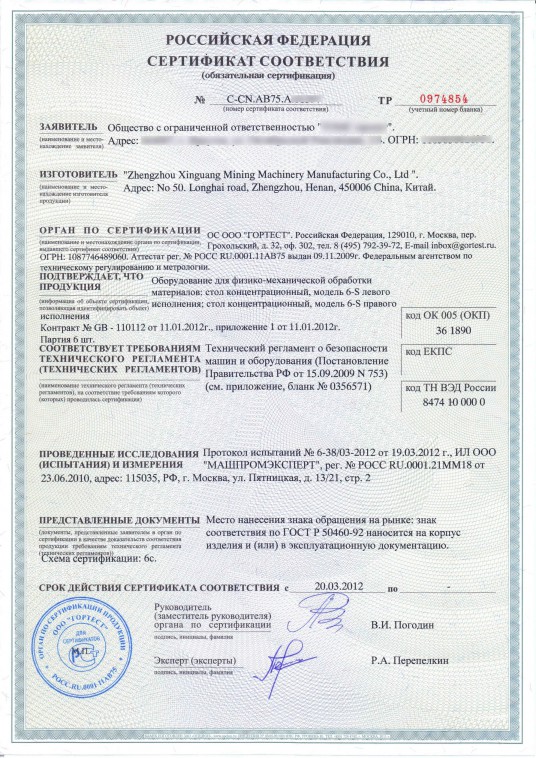
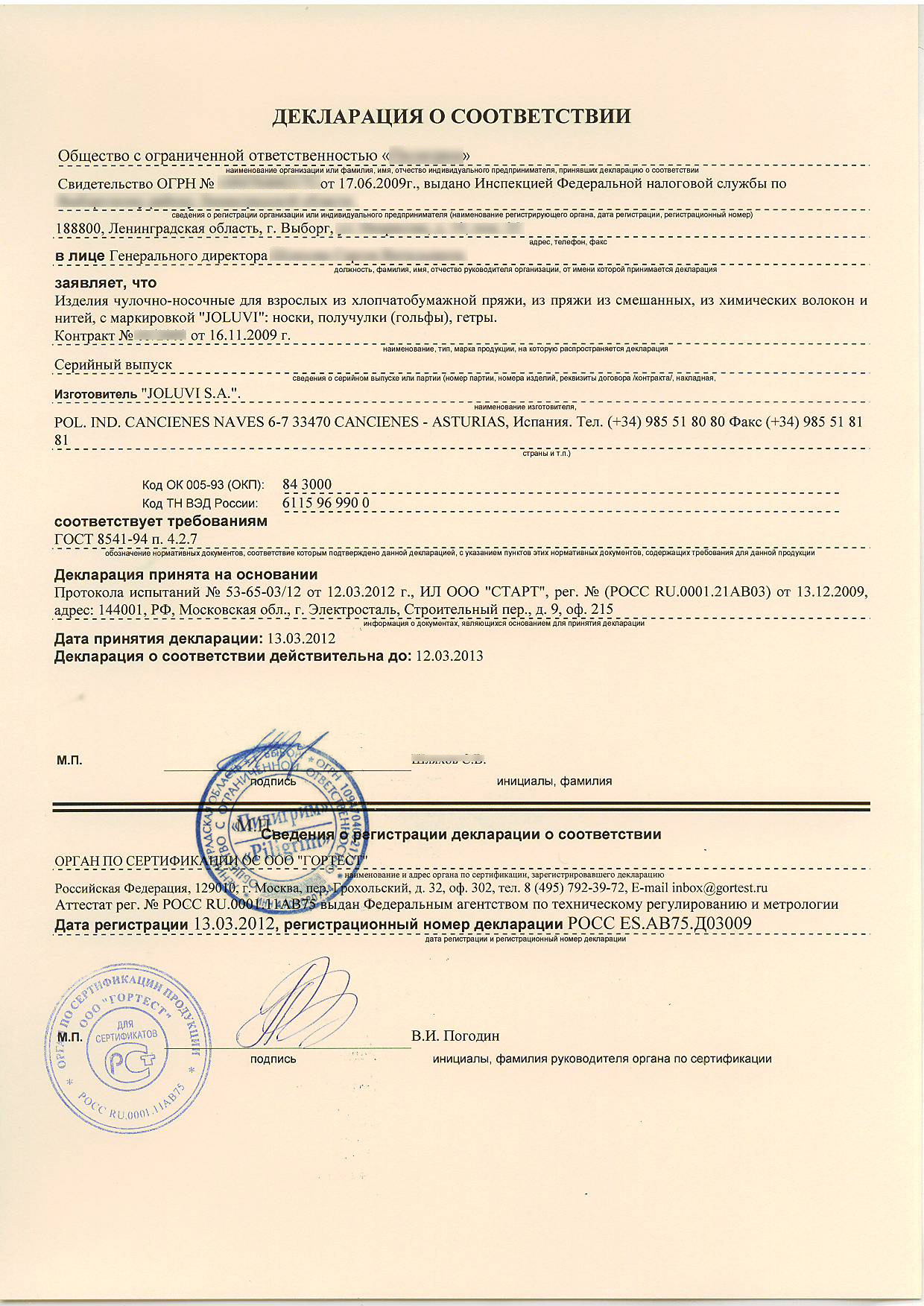
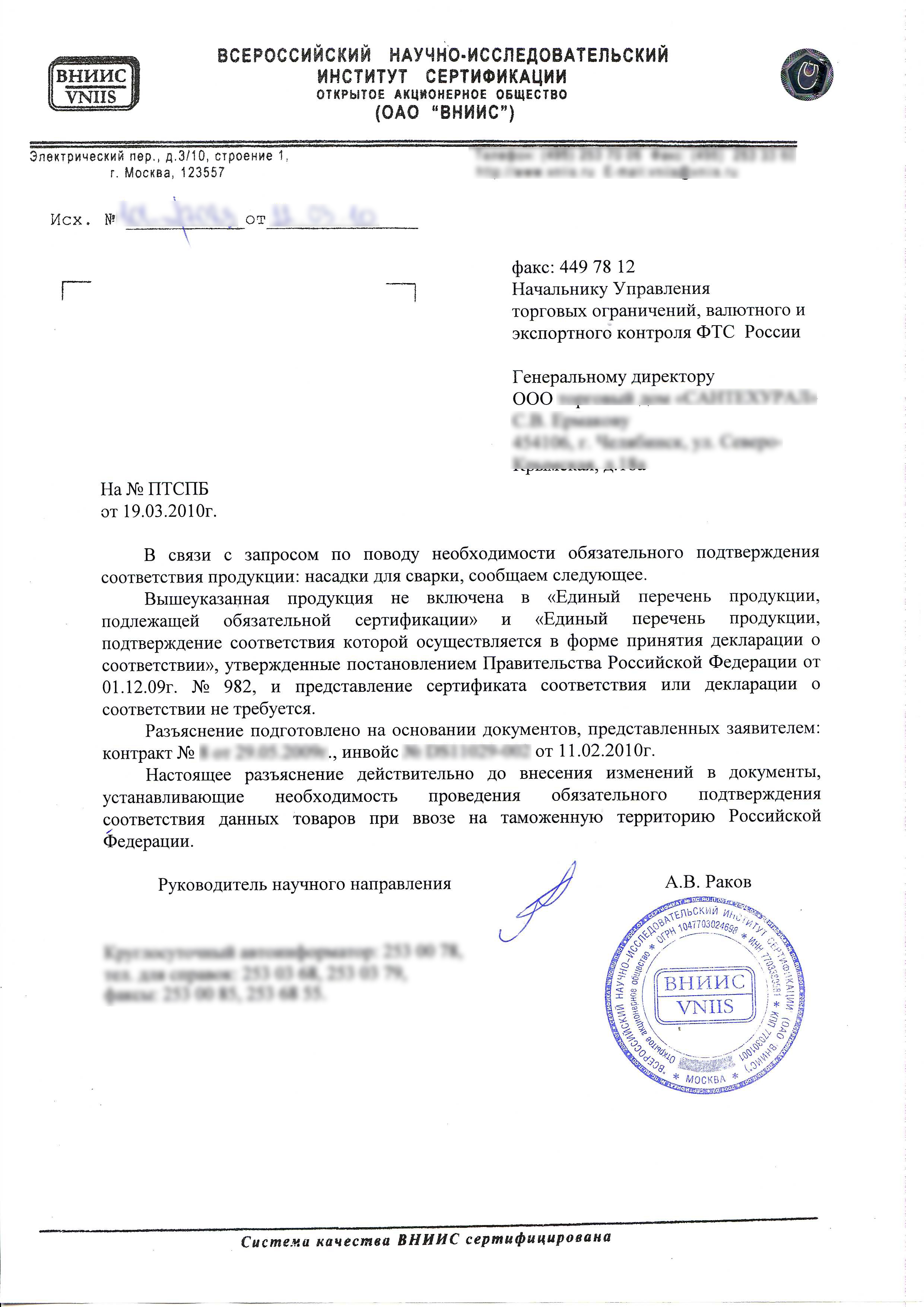
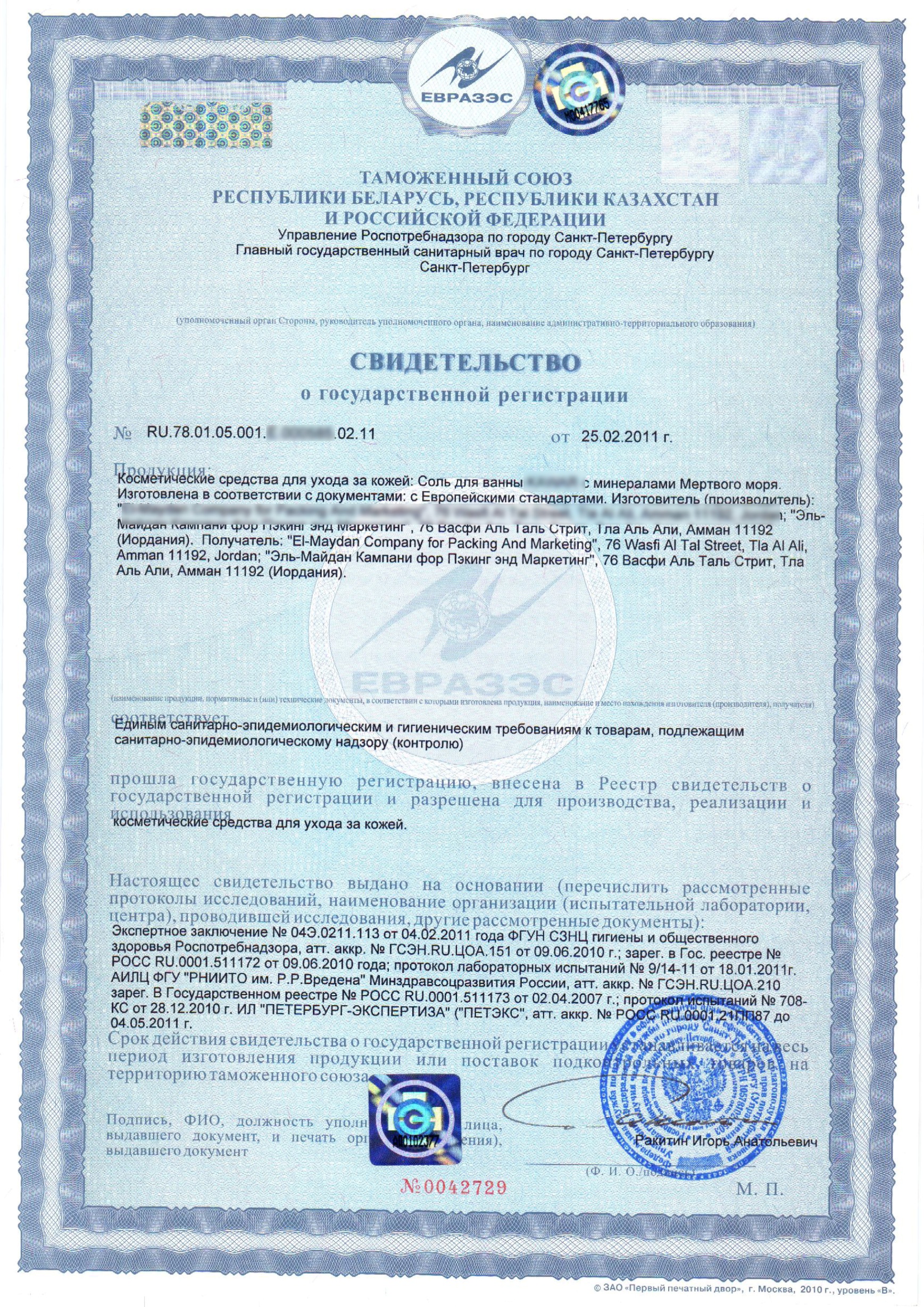
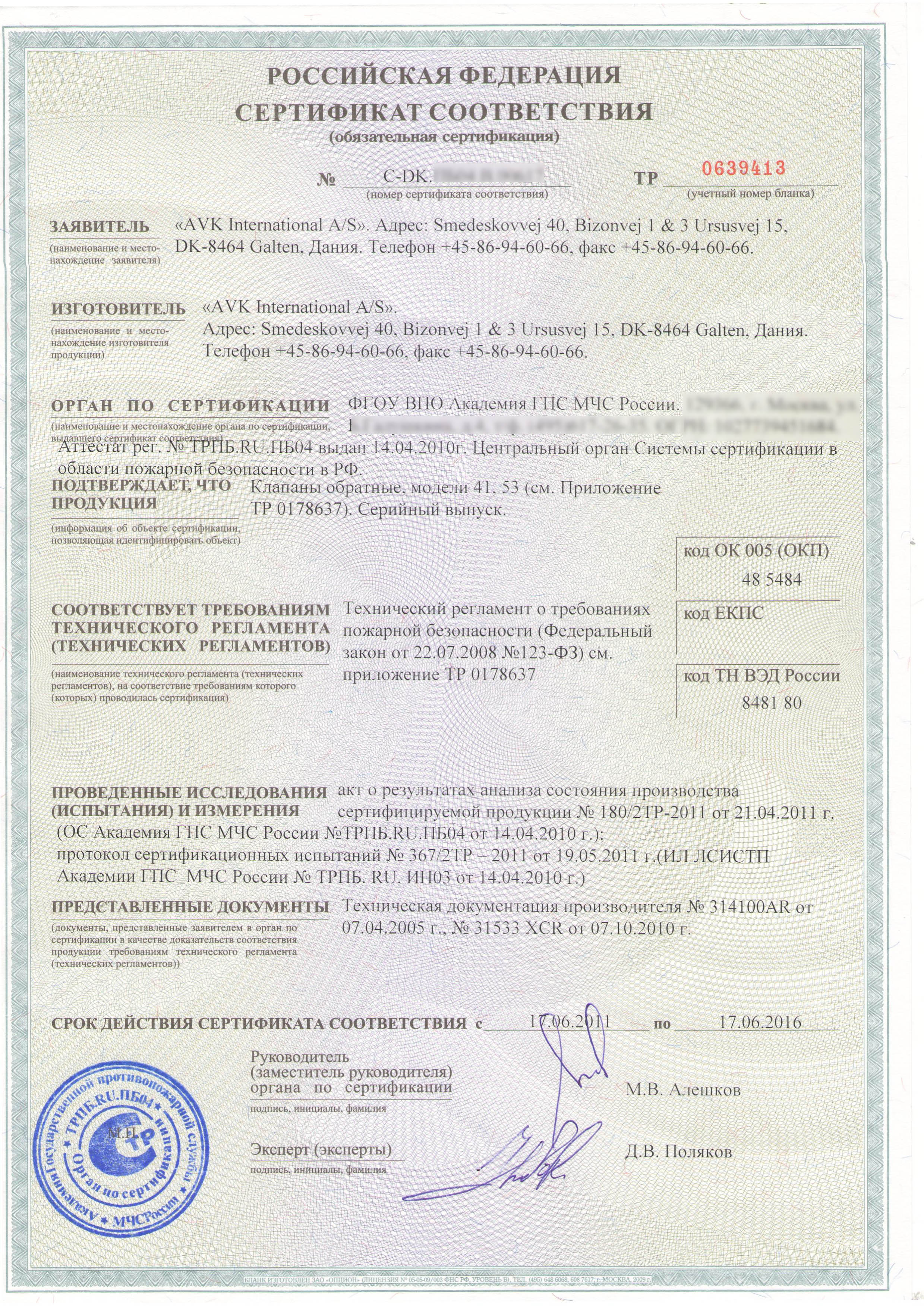
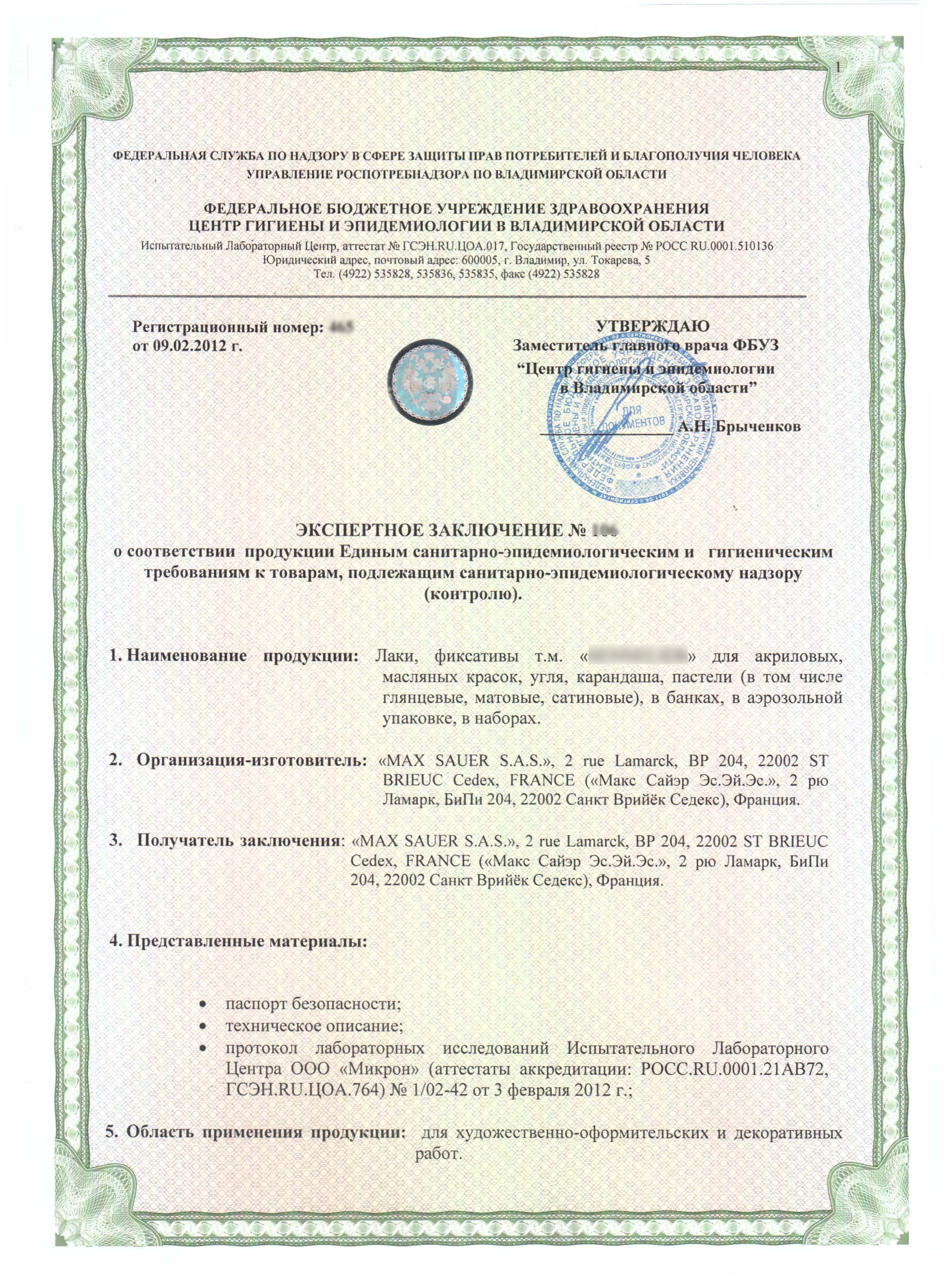
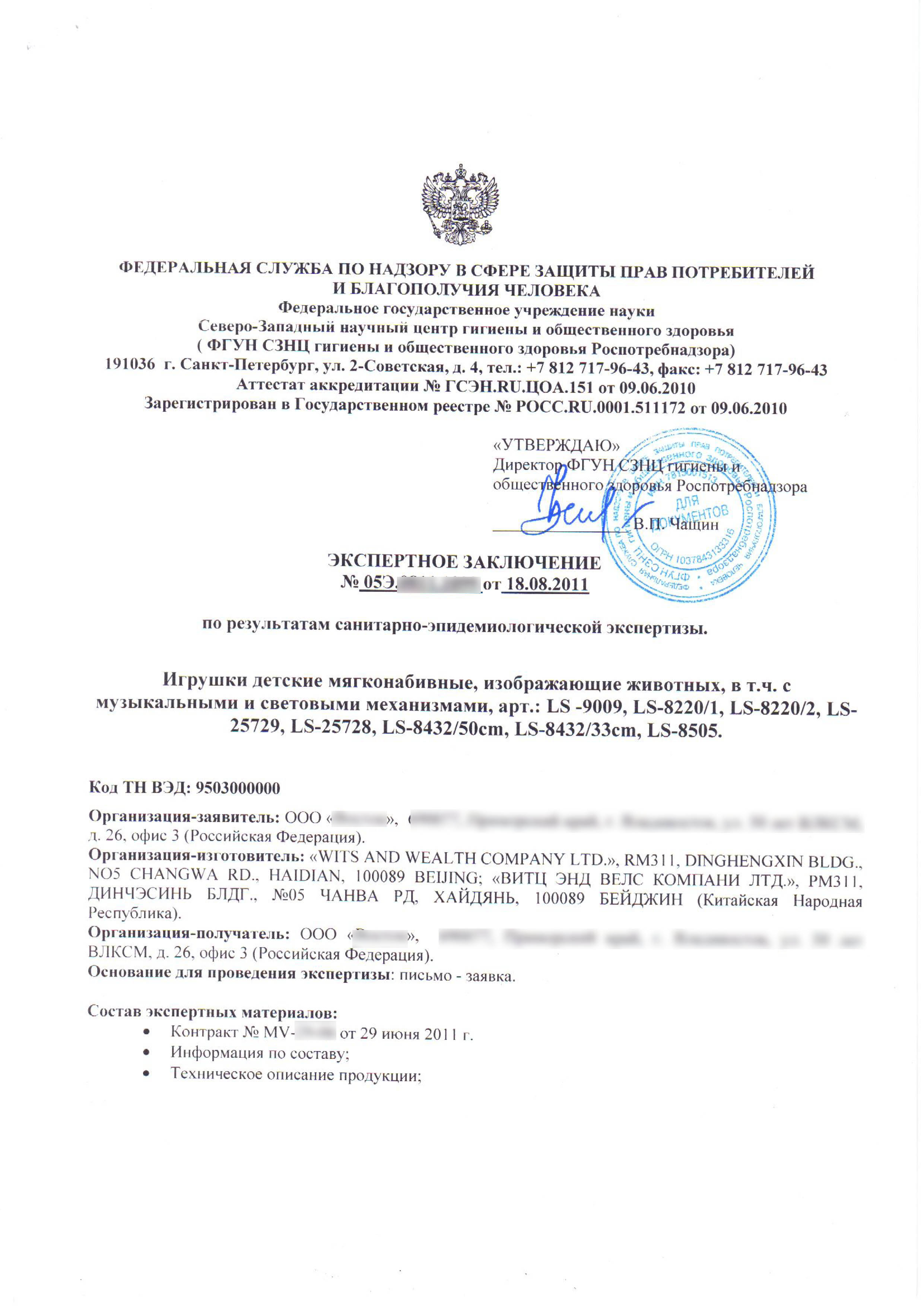
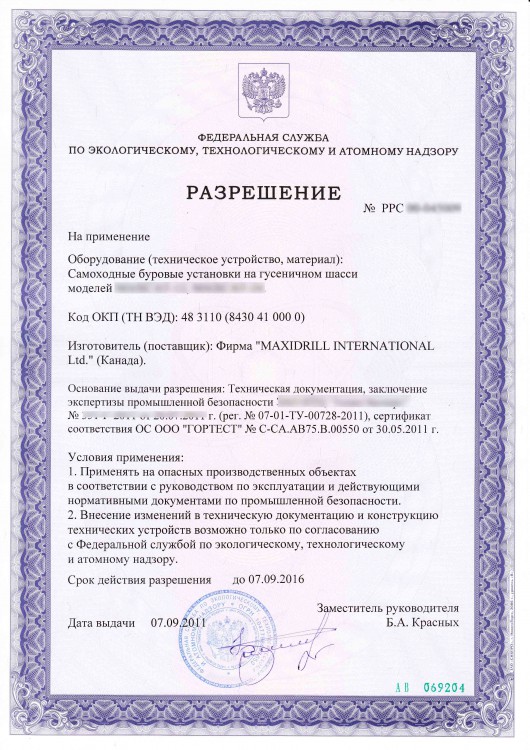
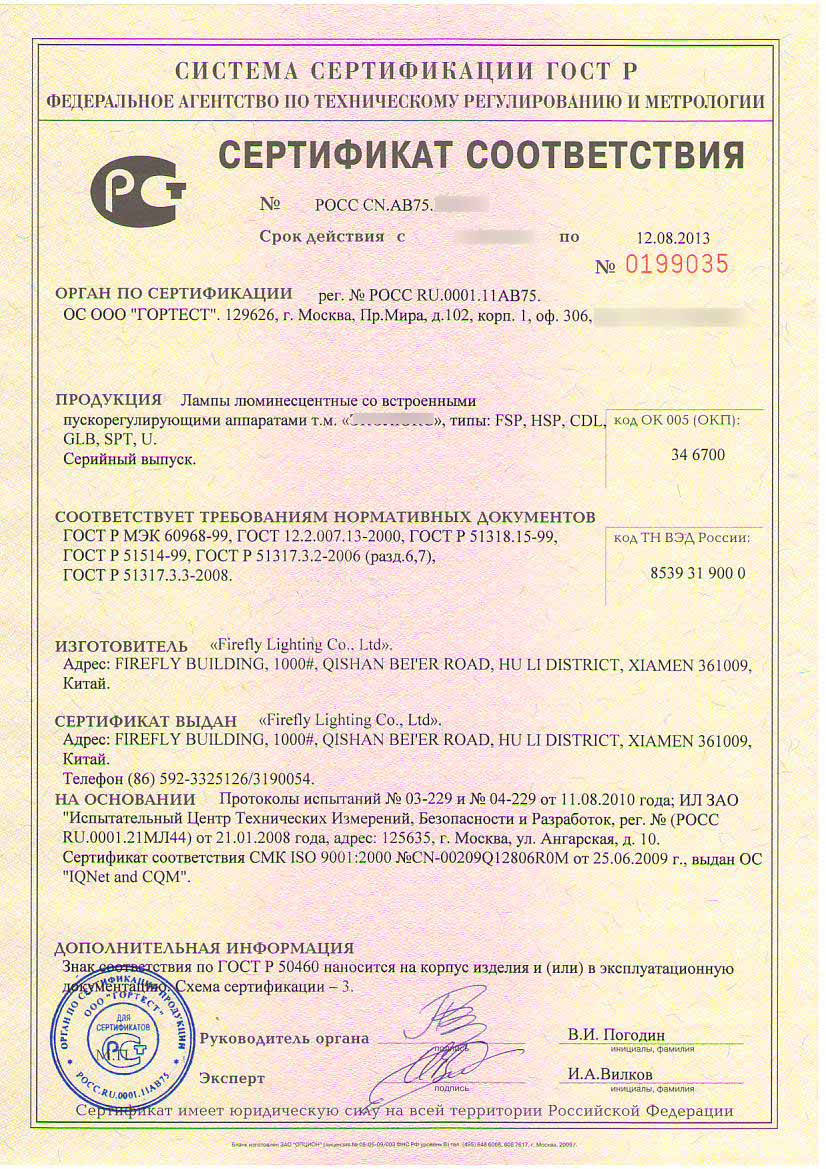
SIA “UberVilla” (Latvia)
S.T. S.R.L. UNI PERSONALE (Italy)
KASCO SRL (Italy)
TREVI BENNE S.p.A. (Italy)
EFD Induction (Norway)
Electronics Engineering
Nexus
INDEQ OY LTD (Finland)
Panasonic Factory Solutions Europe (Germany)
Unival SRL (Italy)
Janusfabrikken AS (Norway)
Bossard France
Safic-Alcan Nordic AB (Sweden)
Kramer Electronics Ltd. (Israel)
BIANCHI RAPIDA ITALIA SRL (Italy)
KALAITZIDIS KON. STYLIANOS – KALKO Electric Appliances (Greece)
Vogl Deckensysteme GmbH (Germany)